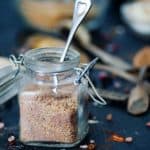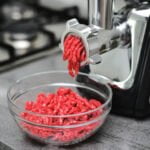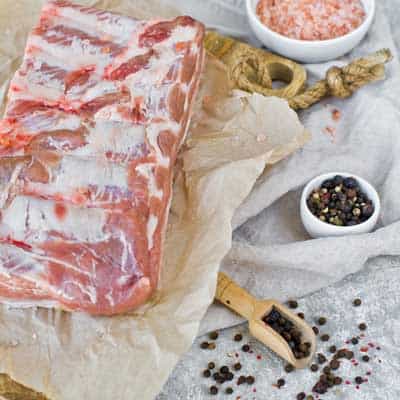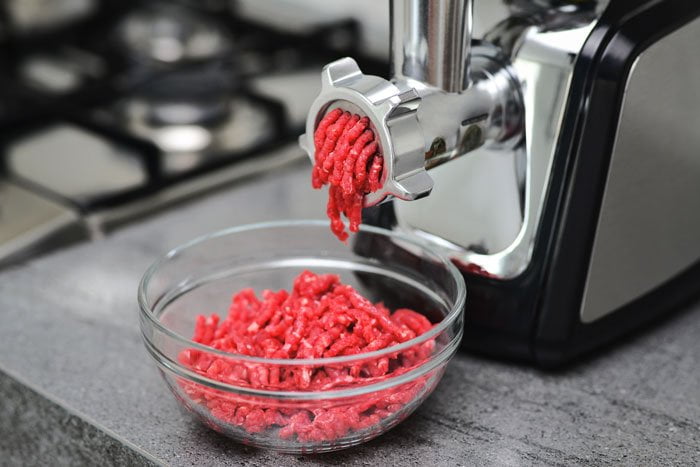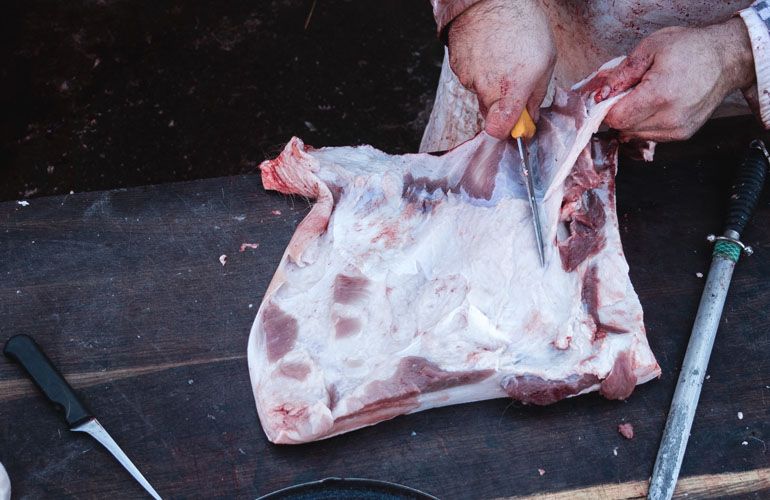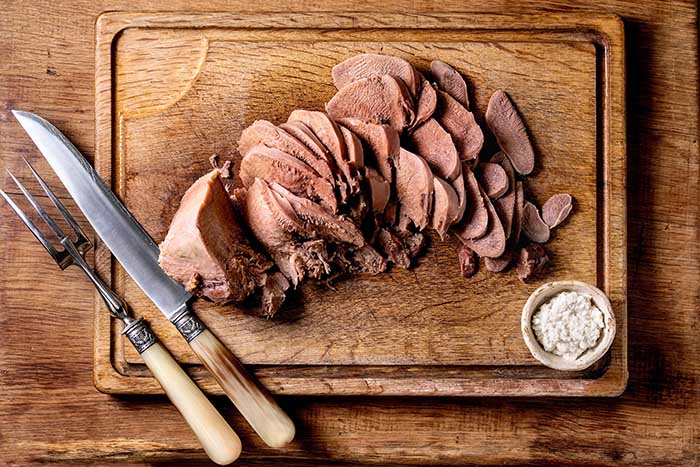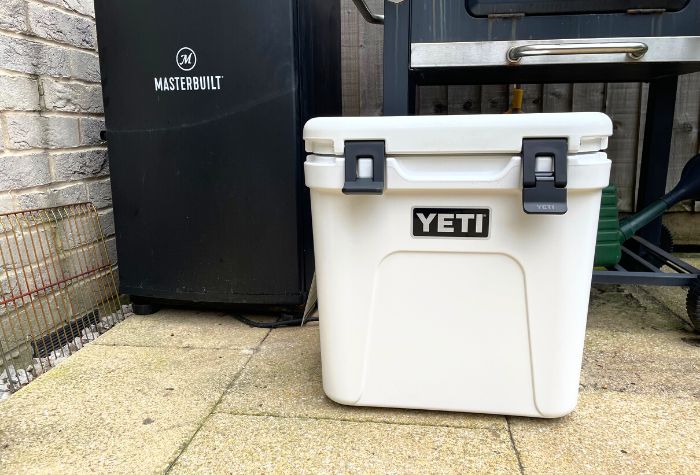Dry brining is the best way to improve the quality of your cooked meat. Using just salt, we can lock in moisture and flavor in your meat recipes. Learn how to enhance your turkey, steak, chicken, and pork with our dry brine guide.
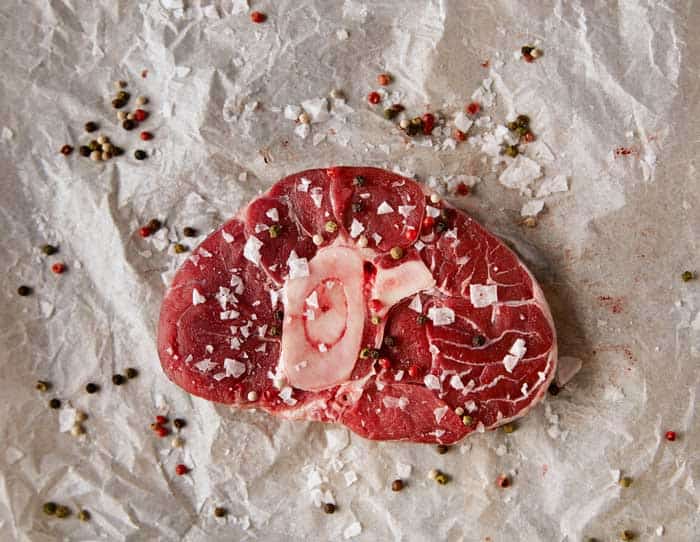
No matter what your favorite meat is, you want it cooked to perfection. Dry brining meat is a surefire way to achieve tender, savory, and juicy meat that will earn everyone’s praise.
Here, we will describe how dry bringing works and provide you with all you need to know about how to dry brine the meat of your choice.
What is dry brining?
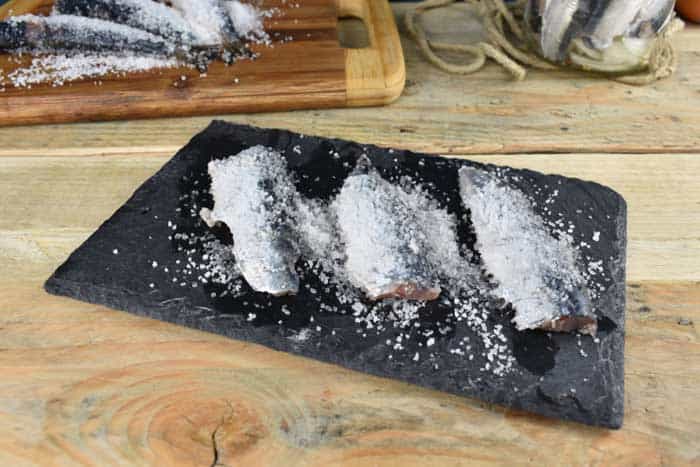
In the simplest terms, dry brining meat is salting your meat and letting it rest for a while before cooking it. This preparation method allows for tender, flavorful, and juicy meat no matter how you cook it.
You may be more familiar with wet brining, which involves letting the meat sit in a liquid water and salt solution before cooking it. Wet brining relies on the powers of osmosis to inundate the raw meat with salt-water to maintain its juiciness when you cook it.
Meat dries out because when heated, its muscle fibers tighten and contract, losing water. Salt has the miraculous effect of breaking down and loosening the muscle fibers in meat, allowing them to absorb and retain moisture. Lean meats like turkey, chicken, and ham are especially susceptible to drying out because they have a higher ratio of muscle to fat than red meat.
Salt is also a key seasoning ingredient that enhances any food’s authentic flavor. Water, on the other hand, dilutes flavor. Consequently, wet brining could hydrate your meat but detract from its flavor when you cook it.
Dry brining enthusiasts view the method as a superior, hassle-free, and fool-proof way to reap the benefits of osmosis and diffusion without sacrificing flavor. Osmosis and diffusion are both processes that strive to distribute a solution (salt and water) equally throughout an organism, or in this case, a cut of meat.
What distinguishes dry brining from wet brining is that instead of creating a salt and water solution, dry brining uses only salt and the meat’s own moisture to create a solution. Salting the meat simultaneously breaks down muscle fibers and draws all the meat’s moisture to the surface, thereby creating a gel-like solution. As the meat sits in the salt, diffusion sucks the salt and moisture back into the meat to evenly distribute the gel solution.
The outcome is a moist and tender cut of meat with enhanced flavor.
What are the benefits of dry brining?
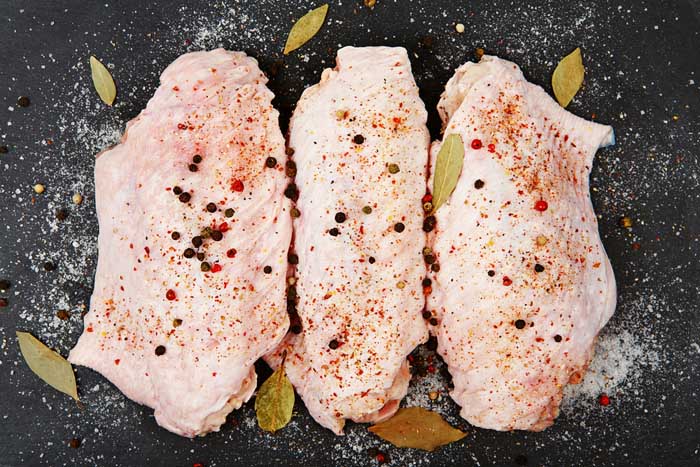
There are many benefits to dry brining meat that prove its superiority to wet brining in ensuring that you get a juicy and flavorful cut of meat for any cooking endeavor you may have. Here, we will explore the main benefits in greater detail.
Concentrated Flavor
Salt is the essential flavor enhancer for any dish, so you can think of dry brining as the ultimate flavor booster for your meat. The fact that dry brining only uses a meat’s natural moisture means there is no danger of water diluting its flavor like it would in wet brining.
You won’t have to worry about bland meat, nor will you have to whip up a flavorful sauce to compensate for flavor loss. Dry-brined meat is a flavor game changer.
Space Saving, Hassle-Free Cooking Method
Dry brining meat takes up very little space as all you need is salt and a baking sheet, whereas, with wet brining, you will need a lot of counter and fridge space to hold a large, heavy receptacle.
Dry brining is a hassle-free, clean method of meat preparation because salt sticks well and moisture is self-contained. It takes no specialized skill to sprinkle salt over meat, so it’s safe to say that dry-brining is fool-proof. It’s also affordable as you only need salt and a baking sheet.
With wet brining, not only do you need more equipment to house all the liquid plus your meat, but you must also lug a heavy fluid-filled container around your kitchen, which is likely to result in a spill or a sore back. You won’t have to worry about spills and excess meat juice tainting surrounding items in the fridge or on the counter with dry brining.
Crispy Skin
There’s nothing more delectable than crispy, crackly skin that pops open like a present to unleash its tender, juicy insides. Dry brining meat showcases this textural depth perfectly. Whether you want crispy turkey or chicken skin or a nice crust on your pork butt or roast, dry brining achieves this through that process of diffusion we keep talking about.
When moisture that has beaded around the salt on the meat’s exterior gets drawn back into the center, the exterior surface remains dry for the cooking process. Therefore, browning and crisping occur naturally and efficiently on a drier outer layer of meat.
Locks in Moisture
Perhaps the most crucial benefit to dry brining meat-and maybe the reason for its founding- is to lock in moisture. As we’ve mentioned before, salting meat breaks down muscle fibers, which is key to locking in moisture and ensuring it doesn’t escape during the cooking process.
No matter the size or type of meat your dry brine, the results will consistently be tender, juicy insides with a firmer outer layer to seal it all in.
What meats can you dry brine?
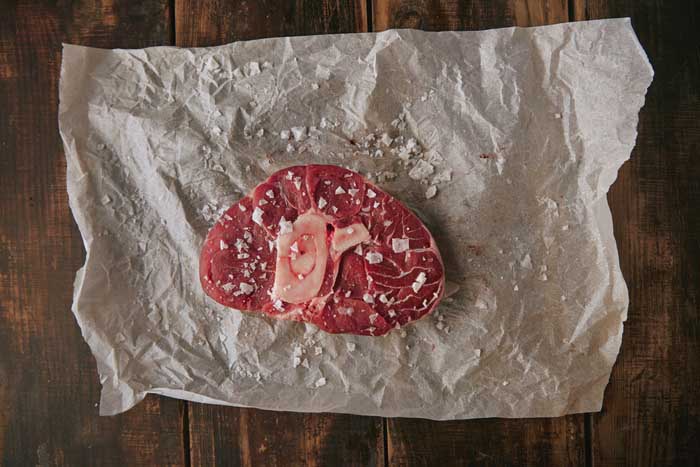
Other than ground meat, you can dry brine any kind of red meat, poultry, fish filets, or even vegetables (think sauerkraut). This list of meats really benefits from dry bringing.
Steak
Steak and other smaller cuts of meat take well to dry brining. You don’t need a lot of time to dry brine a steak. You can let the steak rest for 45 minutes at room temperature before you cook it for optimal results.
Turkey
Turkey might be the most popular meat to dry-brine because it is also one of the most susceptible to drying out, and since most of us only eat turkey once or twice a year for the holidays, we want it to be perfectly juicy with crunchy skin on the first try.
Dry brining a turkey for smoking takes considerably longer, with an optimal resting time in the refrigerator of 3 full days. We also recommend combining salt and baking powder for the brine coat to ensure proper crisping.
Chicken
Chicken has the same requirements for dry brining as turkey. A 3-day resting period is optimal to ensure that muscle fibers are nice and loose for water retention. Poultry has a greater tendency to dry out than fattier meats.
Pork Butt
Pork Butt and other larger, fattier cuts of meat are excellent dry brining candidates as you want juicy centers with crusty, browned edges. We recommend letting your pork butt rest in the refrigerator for at least 24 hours after you salt it.
Fish Filets
Cooking fish to perfection without drying it out is a difficult task that you can sabotage in a matter of seconds. Dry brining fish safeguards against the perils of overcooking these delicate cuts. It also helps firm them up so they don’t fall apart when you cook them or transfer them from pan to plate.
With fish filets, you’ll want to use a mixture of salt and sugar to dry brine your fish, and similar to steak, you only need to rest it for 45 minutes in the refrigerator before cooking it.
How to dry brine meat
What Type of Salt Do You Use?
You should always use Kosher salt because it is coarser and higher quality than table salt. Finer salt will clump up, creating an uneven coat. Kosher salt has larger grains that spread evenly over meat. Additionally, courser salt is less salty than table salt due to the size of the salt grains. If you don’t have kosher salt, you’ll need to be extra careful not to oversalt your meat as it will end up tasting too salty if you overdo it.
How Do You Dry Brine Meat?
Dry brining meat is a simple process. You start by salting your meat by taking generous pinches of kosher salt and sprinkling them over the entire outer surface of your meat. Make sure you salt all sides of your meat. For good measure, you should use one tablespoon of salt per 5 pounds of meat.
You then place your salted meat on a baking sheet or a metal wrack. Some people place their meat inside large sealable plastic bags before putting it on a baking sheet, but experts advocate to let meat rest uncovered.
Place the baking sheet in the refrigerator for the time your specific cut of meat requires, which can be anywhere from 45 minutes to up to 3 days. You will know when your meat is ready to cook when it feels dry to the touch.
How Much Time to Dry Brine For
This varies from meat to meat. We will break it down for you in this list:
- Chicken and Turkey- minimum 12 hrs maximum 3 days
- Roast, Pork Butt, and large cuts of red meat: minimum 12 hrs and maximum 3 days
- Steak, Chops, Small cuts: minimum 45 min. maximum 24 hrs
- Fish Fillets- minimum 45minutes maximum 90 minutes
Where to Store Meat While It Dry Brines
You should store meat in the fridge unless they are small cuts like steaks, which you can leave brining at room temp for 45 minutes only if you plan on cooking it immediately afterward.
Why Shouldn’t You Rinse It Off?
You shouldn’t rinse your meat after dry brining because it will ruin the meat’s chances to brown and crisp. Dousing dry-brined meat with water before cooking will result in a soggy, soft outer layer, a common complaint about wet brining.




